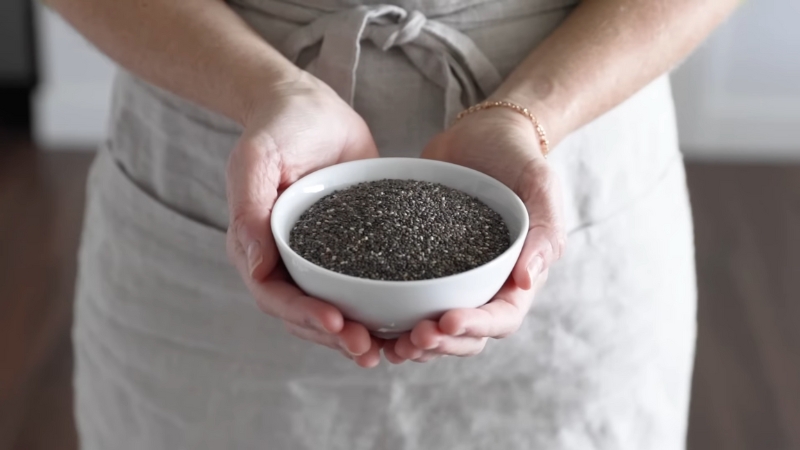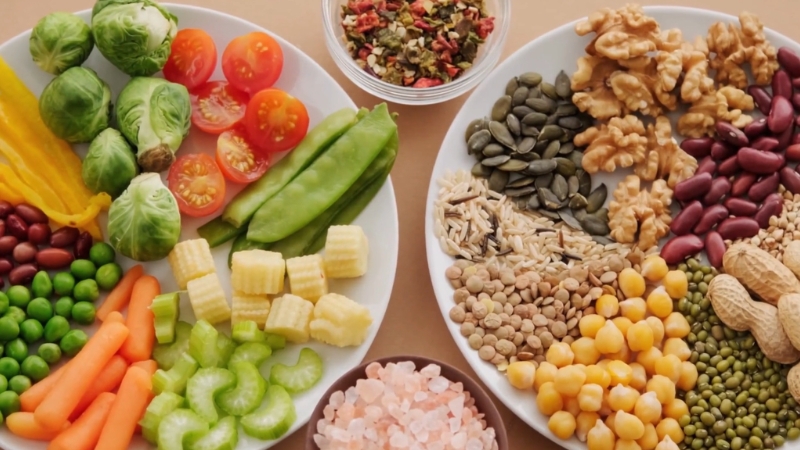
Share Post:
Let’s get this out of the way: yes, fiber helps you poop. But its benefits go way beyond bathroom regularity.
A high-fiber diet supports a healthy gut microbiome, regulates blood sugar, helps manage cholesterol levels, and keeps you feeling full longer, which can support healthy weight goals.
Yet, despite its crucial role, most people fall drastically short. According to the UCSF, the average American adult consumes only 10–15 grams of fiber daily, well below the recommended:
| Age Group | Recommended Daily Fiber Intake |
| Adults (Women) | 25 grams |
| Adults (Men) | 38 grams |
| Children (1–3 years) | 19 grams |
| Per 1,000 calories | 14 grams |
So if you’re ready to boost your digestion and overall health, here are 10 high-fiber foods you can easily add to your meals — no exotic superfoods required.
1. Lentils: The Affordable Superfood That Feeds Your Gut
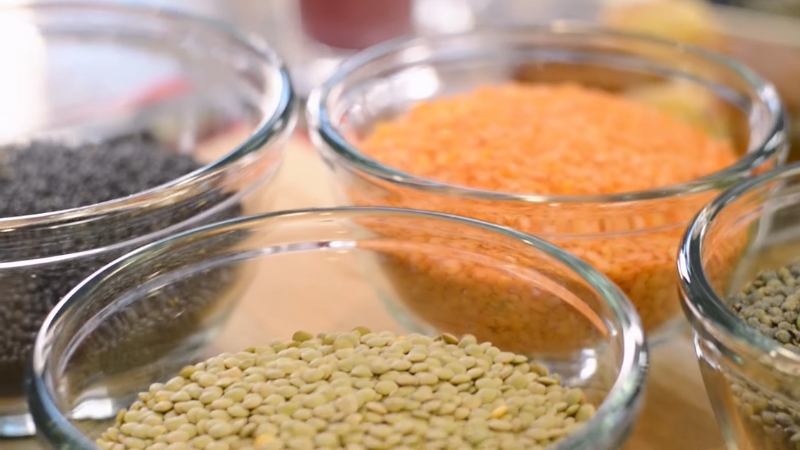
Lentils are one of the most underrated superfoods in your pantry. One cooked cup provides over 15 grams of fiber—more than half of the daily recommended intake for women. But fiber isn’t just about bowel movements.
Lentils are rich in soluble fiber, which forms a gel in your digestive tract that slows down digestion and feeds beneficial gut bacteria. A 2017 study in the journal Nutrients found that diets rich in legumes like lentils can significantly increase butyrate-producing bacteria, which are crucial for colon health and reducing inflammation.
2. Black Beans: A Digestive Workhorse With Proven Health Perks
Black beans are more than a side dish — they’re a tool for metabolic health. One cup of cooked black beans contains around 15 grams of fiber, much of which is soluble.
According to a clinical trial published in The Journal of Nutrition, participants who consumed beans daily experienced improved stool consistency, reduced cholesterol, and lower blood pressure. Why? The resistant starch and oligosaccharides in black beans feed the gut microbiota, the foundation of good digestion and immunity.
Eating this way doesn’t have to mean hours in the kitchen. If you’re looking for real-world help getting these foods into your meals consistently, check out FitEx Meals — they offer balanced, portion-controlled meals designed to support your nutrition goals, including fiber-rich options.
It’s a smart solution for anyone juggling a busy lifestyle but still aiming for better gut health.
3. Chia Seeds: Fiber + Hydration = Digestive Magic
View this post on InstagramA post shared by Nutritionist Vasundhara Agrawal (@nutritionistvasundhara)
Tiny but mighty, chia seeds deliver 10 grams of fiber per ounce, mostly insoluble. When soaked, they form a mucilaginous gel that helps soften stool and regulate elimination.
In a 2016 study from The European Journal of Clinical Nutrition, chia consumption improved satiety and post-meal blood sugar response, both crucial for gut-brain health and preventing overeating.
4. Raspberries: Sweetness With Substance
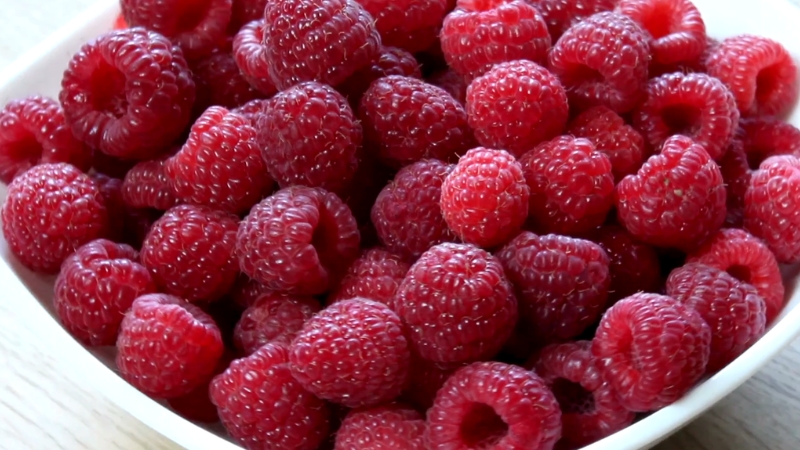
Most people think berries are just for dessert. But 1 cup of raspberries has 8 grams of fiber, plus polyphenols that protect the gut lining.
A 2022 review in Frontiers in Nutrition showed that berry fiber supports the growth of Akkermansia muciniphila, a bacterium linked to reduced gut inflammation and improved metabolism.
5. Broccoli: Your Colon’s Cleanup Crew
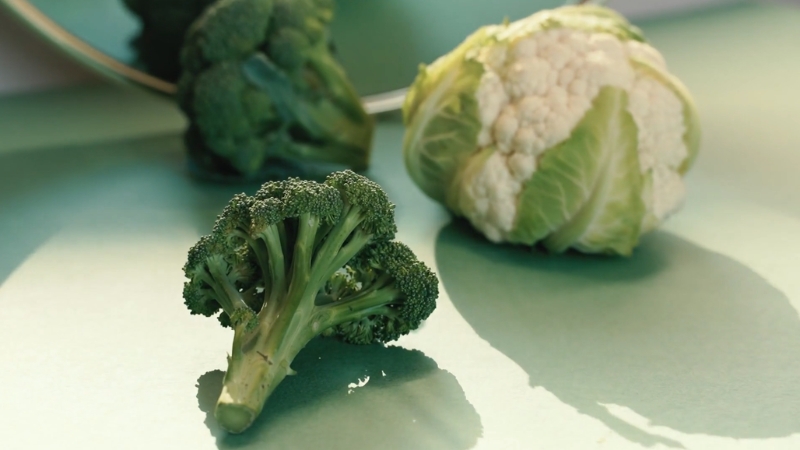
Cruciferous vegetables like broccoli aren’t just high in fiber (5g per cooked cup) — they’re high in sulforaphane, a compound that supports liver detox and reduces harmful bacteria.
A 2018 study in mSystems found that broccoli consumption altered the gut microbiome in mice by increasing beneficial bacteria and reducing inflammation markers.
6. Sweet Corn: Not Just a BBQ Side
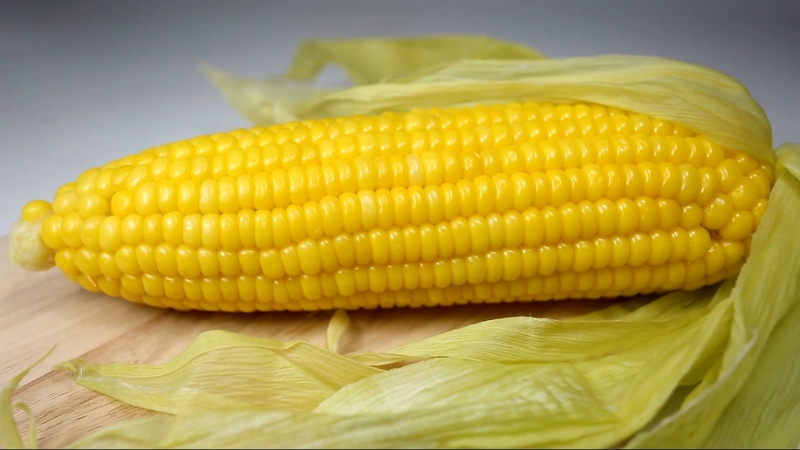
Despite myths, corn isn’t “empty” — 1 cup of sweet corn has 4 grams of fiber and a special kind of resistant starch that isn’t digested in the small intestine, but instead ferments in the colon, feeding your microbiota.
In 2021, a study from the British Journal of Nutrition confirmed that resistant starch can increase fecal bulk and beneficial bacteria like Bifidobacteria.
If preparing high-fiber meals at home isn’t always practical, many people turn to structured meal services that emphasize balanced macronutrients and incorporate fiber-rich ingredients like legumes, whole grains, and vegetables in pre-portioned servings. This may be helpful when aiming for consistency.
7. Whole Wheat Pasta: A Real Carb With Real Benefits
@glucose_hacker Do whole wheat pasta impact blood sugar levels? #bloodsugar #diabetes #wholewheatpasta #insulineresistance #insulinresistant #sugarlevels ♬ original sound – glucose_hacker
Whole wheat pasta offers 6 grams of fiber per cup, compared to just 2 grams in white pasta. But it’s not just the fiber—it’s the whole grain matrix, which includes B-vitamins and antioxidants.
According to a 2020 JAMA Internal Medicine meta-analysis, people who ate more whole grains had up to 21% lower all-cause mortality.
8. Brussels Sprouts: Little Cabbs, Big Fiber
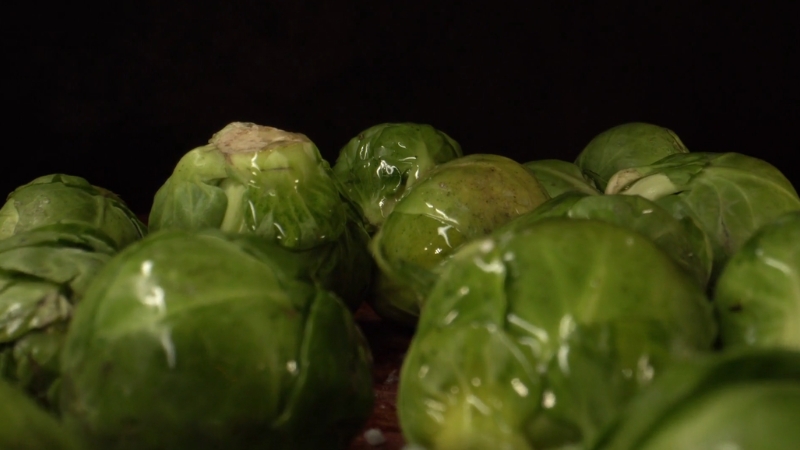
Cooked Brussels sprouts deliver around 4.5–6.4 grams of fiber per cup, including both soluble and insoluble types. They’re also rich in glucosinolates, which the body converts to anti-cancer compounds.
A 2021 review in Critical Reviews in Food Science and Nutrition found regular consumption of cruciferous vegetables may reduce colorectal cancer risk by up to 18%.
9. Avocados: Gut-Friendly Fats and Fiber in One
Nutritional Benefits of Avocados:
Healthy Fats: Rich in monounsaturated fats (especially oleic acid), which support heart health and reduce inflammation.Fiber: High in dietary fiber, aiding digestion and promoting a feeling of fullness.
Vitamins & Minerals: Excellent source of… pic.twitter.com/c4Zh7aOK9T
— Doctor Saghar (@Saghar409) May 8, 2025
Most people think of avocados for their fats, but one medium avocado also delivers around 10 grams of fiber, split between soluble and insoluble types.
A randomized controlled trial in The Journal of Nutrition (2021) found that daily avocado intake significantly increased microbial diversity and short-chain fatty acid production, both of which are markers of a healthier gut.
10. Popcorn: The Underrated Whole Grain Snack

When air-popped, popcorn gives you almost 6 grams of fiber in just 3 cups, and it’s 100% whole grain. Skip the butter-soaked version and you’ve got one of the best high-volume, low-calorie fiber snacks out there.
A study in Nutrition Journal found that popcorn eaters consume 250% more whole grains and 22% more fiber than non-popcorn eaters.
Final Thoughts: This Isn’t Just About Poop
Every time you choose a high-fiber food, you’re shaping your gut microbiome. You’re reducing inflammation, lowering disease risk, improving your energy and mental clarity. These aren’t just stats — this is you, taking control of your health one bite at a time.
If your digestion has been off, if you’re tired after meals, if your skin or mood feels off — fiber could be a missing link.
Related Posts:
- Top Electrolyte-Rich Foods to Boost Your Fitness Regimen
- Pilates vs. Yoga - Which is Better for Your Fitness Goals?
- Treadmill vs Running Outside - Which is Better for…
- How to Choose the Right Recovery Plan Based on Your…
- Best Healthy Foods at Costco That Nutritionists…
- How to Shop at Whole Foods on a Budget




